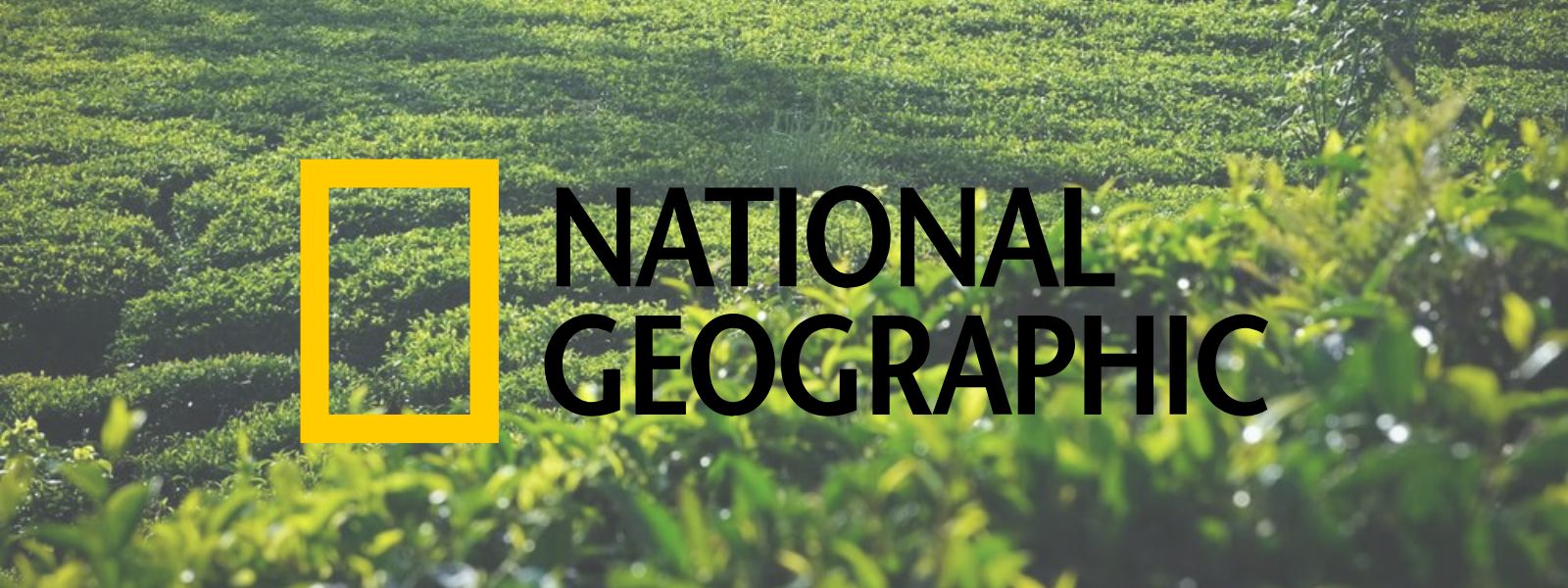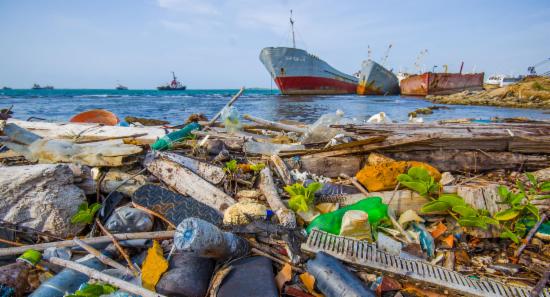.webp)

National Geographic Reveals Sri Lanka’s Hidden Brew Paradise
National Geographic’s Guide to Kalutara’s Tea Trails
COLOMBO (News 1st); Just south of Colombo, the Kalutara District is a lush green canvas painted with centuries of agricultural heritage.
Here, fields ripple like emerald silk, so perfectly hemmed they seem hand-stitched into the land. This is Sri Lanka beyond the beaches — a world where tea, cinnamon, and rubber whisper stories of resilience and craft.
National Geographic Traveller (UK) describes the journey vividly: leave the capital behind and watch the scenery transform. Women in vibrant saris pluck tender tea leaves with rhythmic grace, their hessian sacks swaying gently.
Men carve spirals into towering rubber trees, while others sit cross-legged under leafy canopies, peeling cinnamon sticks with artisan precision. These are Kalutara’s unsung heroes — tea-pickers, rubber-tappers, and cinnamon-peelers — guardians of a legacy that still perfumes the air.
Blessed with fertile soil, the Kalu Ganga river, and the Indian Ocean’s breeze, Kalutara thrived under British rule (1815–1948).
Today, it’s a magnet for agrotourism, offering immersive experiences led by locals whose skill shaped this land.
While the misty highlands of Kandy and Ella often steal the spotlight, Kalutara’s lowland tea estates offer something rare — accessibility and authenticity. Colonial echoes linger in grand estates like Richmond Castle.
National Geographic Traveller (UK) sums it up best: Kalutara isn’t just a destination; it’s a narrative of artistry and authenticity. For travelers seeking more than beaches and resorts, this is Sri Lanka at its roots — raw, real, and unforgettable.
Credit: National Geographic Traveller (UK), Published on NationalGeographic.com
Other Articles
Featured News





.png )





-815373_550x300.jpg)





-812087_550x300.jpg)
-810262_550x300.jpg)
-809496_550x300.jpg)

















.gif)